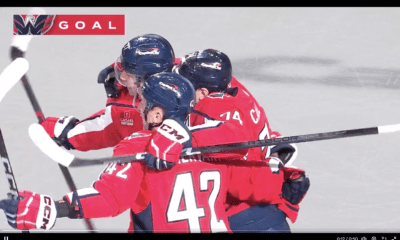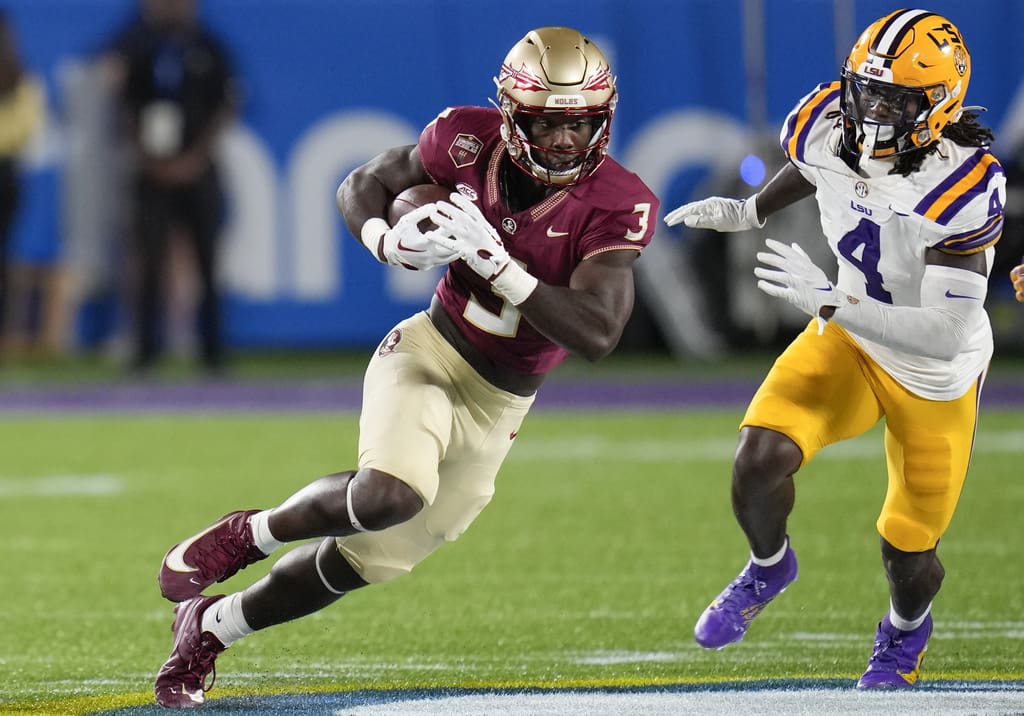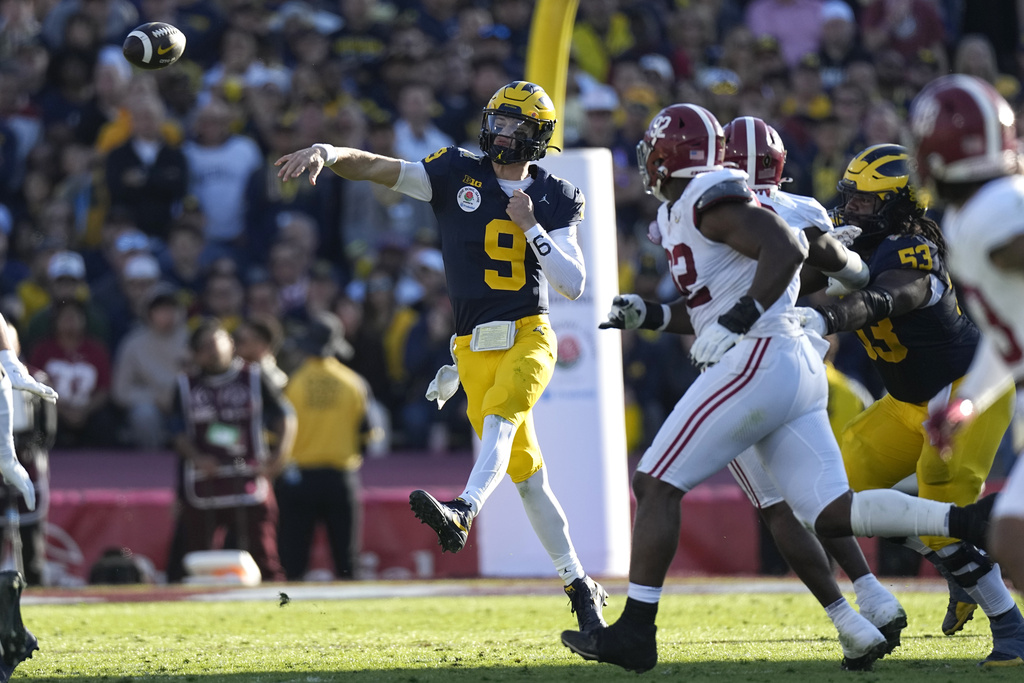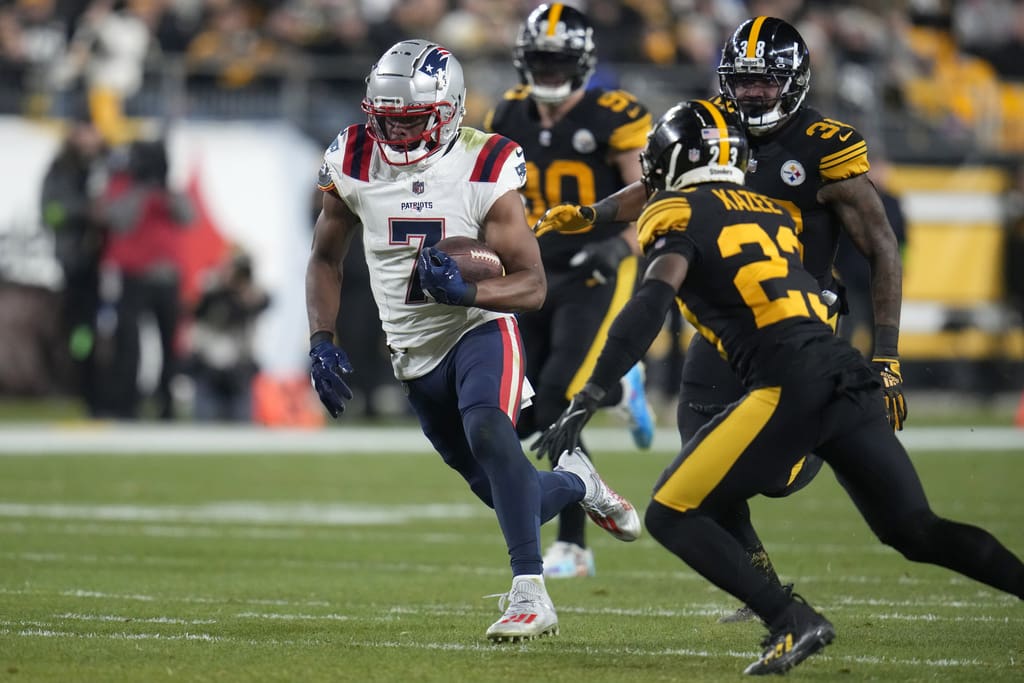NHL Return
NHL and NHLPA Finalize Tentative Agreement On CBA Extension
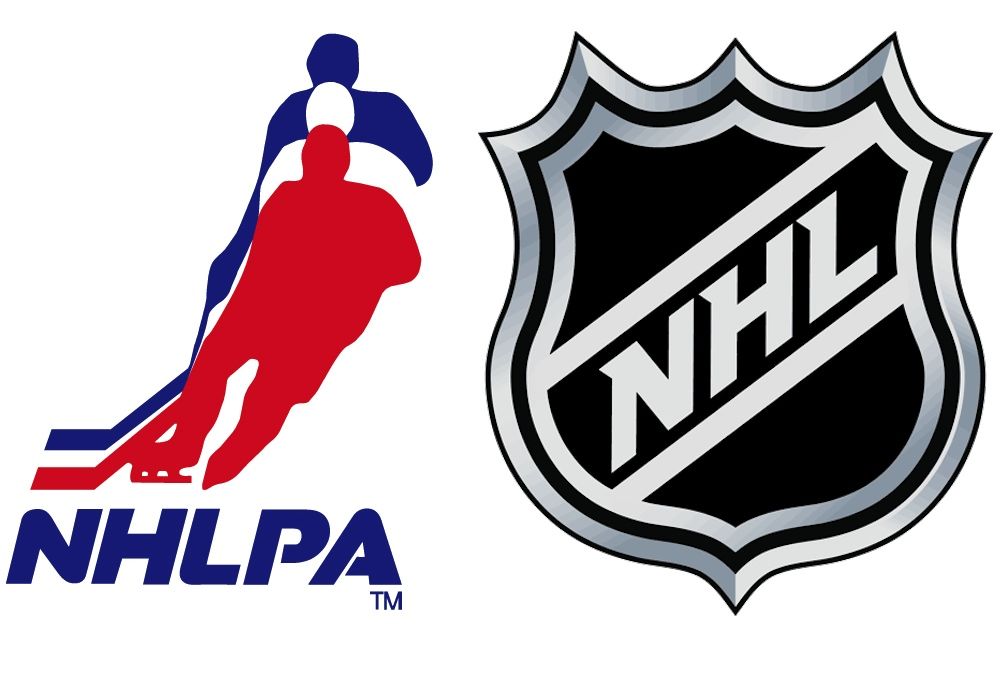
If protocols are met and all goes according to plan, it appears that in the words of the Dropkick Murphy’s, ‘It’s Time To Go’ for the Boston Bruins to try and follow up there President’s Trophy regular season with a Stanley Cup in the NHL Return To Play Plan and the 2020 Stanley Cup Playoffs.
On Sunday night, the NHL and NHLPA finalized a tentative agreement on phases 3 (training camp) and 4 (Stanley Cup Playoffs) of the NHL Return To Play Plan and on Monday night both parties announced that they did the same on a new four-year extension on the current Collective Bargaining Agreement. With the RTP Memorandum Of Understanding already tentatively agreed upon, the NHL Board Of Governors and NHLPA now need to vote on that and the new MOU on the CBA extension.
Unlike in the days leading into the 2004-05 season that was eventually canceled due to a lockout and the 2012-13 season that lost 510 games to another lockout, there is a never before seen unity between the league and the players, and approval is expected by Friday. If that is the case, training camp will begin next Monday; Eastern Conference teams will report to Toronto on July 26 and the season will start up again on August 1 with the Bruins in one of two round-robins and the rest of the teams in a best-of-5 play-in round with the Stanley Cup playoffs set to begin on August 1.
Emails and texts to Bruins sources from Boston Hockey Now on Monday night were not returned but one NHL management source said this regrading these tentative agreements:
“No matter what happens, I can’t say enough how much people with the league and the PA put their shit aside and did what they needed to do!”
Here’s the official statement from the NHL:
The National Hockey League (NHL) and National Hockey League Players’ Association (NHLPA) have reached a tentative agreement on a Return to Play Plan and Memorandum of Understanding (MOU) that adds an additional four years to the term of the current Collective Bargaining Agreement and includes transition rules and a new critical dates calendar. As part of the tentative agreement, the following dates have been established: July 13 – Start of formal training camps; July 26 – Clubs travel to hub cities; August 1 – Start of Qualifying Round. The tentative agreement is now subject to approval by the NHL’s Board of Governors, as well as the NHLPA’s Executive Board followed by the full NHLPA membership. The respective review and approval processes will take place over the next few days and there will be no further comment until those processes are completed.
The belief was that six years would be tacked onto the ten-year deal that was signed on January 12, 2013, but make no doubt, that by no means represents the wedge Bruins captain Zdeno Chara made a career of putting between opposing players and the Bruins net. In the midst of a pandemic and something, not even the best capologist or psychic could predict, both the league and the PA put their swords down for the love of the game and both their financial futures.
“It’s been really good,” NHL Deputy Commissioner Bill Daly told Boston Hockey Nowon July 1. “We are aligned in doing what we can to get the game back on the ice while at the same time ensuring that we are taking every necessary precaution to protect the health and safety of our players and others in the NHL community. I’m really proud of how we have responded collectively to this situation.”
As was the case for the last lockout, the biggest obstacle to overcome in these negotiations was escrow. While the players are about to take a whopper right now, they will get rewarded later in the deal. Under the new deal, players will defer 10 percent of next season’s salary and see another 20 percent contributed to capped escrow. This a result of players and owners splitting hockey-related revenue (HRR) 50/50. That falls more heavily on the players because the NHL is losing a significant amount of revenue in the 2019-2020 season. The owners have already paid most of the player salaries and operating expenses. Add in that the owners won’t get any ticket revenue with no fans in the stands, the players are now in catch-up mode on the 50/50 split.
Colleague Dan Kingerski of Pittsburgh Hockey Now broke the key components of the CBA extension down perfectly:
*The salary cap is frozen at $81.5 million until hockey-related-revenues reach $4.8 billion, which was the projected amount this season. The cap will remain constant, but the way the cap is calculated will change.
Once hockey revenues reach $4.8 billion, the new salary cap will be based on actual revenues from two seasons prior, and the projection of revenue from the just-completed season. The cap will now be calculated on past numbers, with no more forward projections.
*The new salary cap calculations lead to the BIG change: Next season, the players’ escrow will be 20%, to repay owners. The escrow will shrink to 14-18% in 2021-22, 10% in 2022-23, but then drop to only six-percent for the remaining three seasons.
*The CBA term is six years, but it could become seven years if the players still owe the owners more than $125 million.
*The players will officially give-up their final paychecks from the 2019-20 season. The players deferred the payment until this matter was solved. That money will go towards making up the difference with the owners.
*The players will defer 10% of signing bonuses and salary in 2020-21, but that money will be repaid in three installments from 2023 through 2026.


